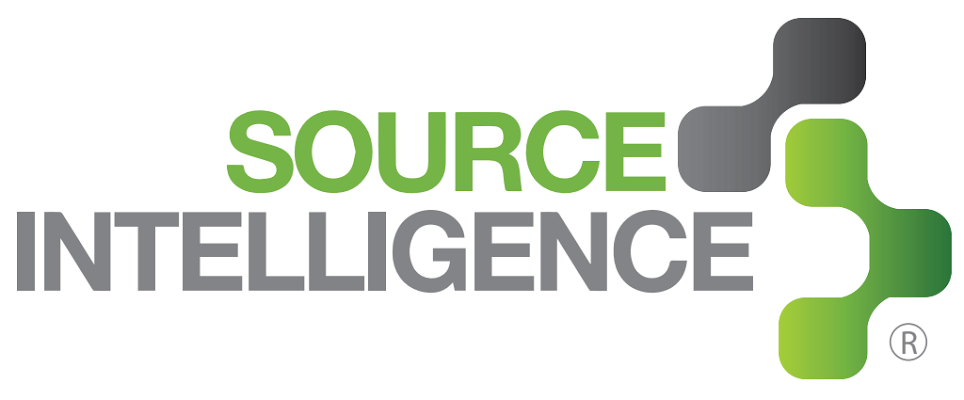Conflict Minerals Compliance Basics: Due Diligence
Conflict Minerals Compliance Basics: Due Diligence
With the May 31 final reporting due date drawing near, why not go back to the beginning and break down some of the basics of conflict minerals compliance, starting off with due diligence.
First some background information
Section 1502 of the Dodd-Frank Wall Street Reform and Consumer Protection Act (Dodd-Frank Act, 2010) requires publicly-traded companies in the U.S. to disclose whether they manufacture products containing conflict minerals originating from the Democratic Republic of Congo (DRC) or its adjoining countries. The Act directs the Securities and Exchange Commission (SEC) to issue rules that would require companies to disclose via their 10-K, 20-F and 40-F filings. The concern? Proceeds from the mining of these minerals and associated metals (gold, tin, tantalum and tungsten) are known to finance armed militias that engage in human rights atrocities in those countries.
Who are the companies that could be impacted? Not surprisingly, they include business enterprises within the electronics, aerospace, automotive and jewelry sectors; but also those in the retail, medical devices and consumer manufacturing sectors. While the rules have yet to be promulgated by the SEC, many companies are taking a proactive approach and beginning to engage in their own due diligence activities to uncover the origins of the products they are branding, manufacturing and selling.
Of interest is that SEC-listed companies are required to comply if they use conflict minerals in the “functionality or production” of a manufactured product. This is important because it means the conflict mineral doesn’t have to be a part of the final product for disclosure requirements to be triggered. In other words, supply chain transparency must be sought to ensure compliance with the intent of Section 1502. It is no longer sufficient for a company to know only their Tier 1 and possibly Tier 2 suppliers. It is critical that supply chains be clearly traced to raw material points of origin. Gaining intelligence regarding all entities in a product’s supply chain can enable responsible sourcing, cost reduction and risk mitigation.
Due Diligence
Due diligence refers to the action of taking reasonable steps in order to satisfy a legal requirement. It generally requires research or analysis by a company or person in order to meet disclosure requirements.
There are generally two different methods to demonstrate due diligence with respect to the presence of conflict minerals in your products: raw material tracking and supply chain tracing. Raw material tracking begins at the mine and tracks the mineral and extracted metal down the supply chain through refining and manufacturing. Tracing entails beginning with the product in question, and tracing suppliers of parts and components back up the supply chain to the points of origin. Many companies may come to rely on a combination of both methods for ultimate discovery on product metal origins.
For a more in-depth discovery of the due diligence process for conflict minerals compliance, read Source Intelligence's white paper entitled, "Conflict Mineral Due Diligence Using a Risk-Based Approach.”

